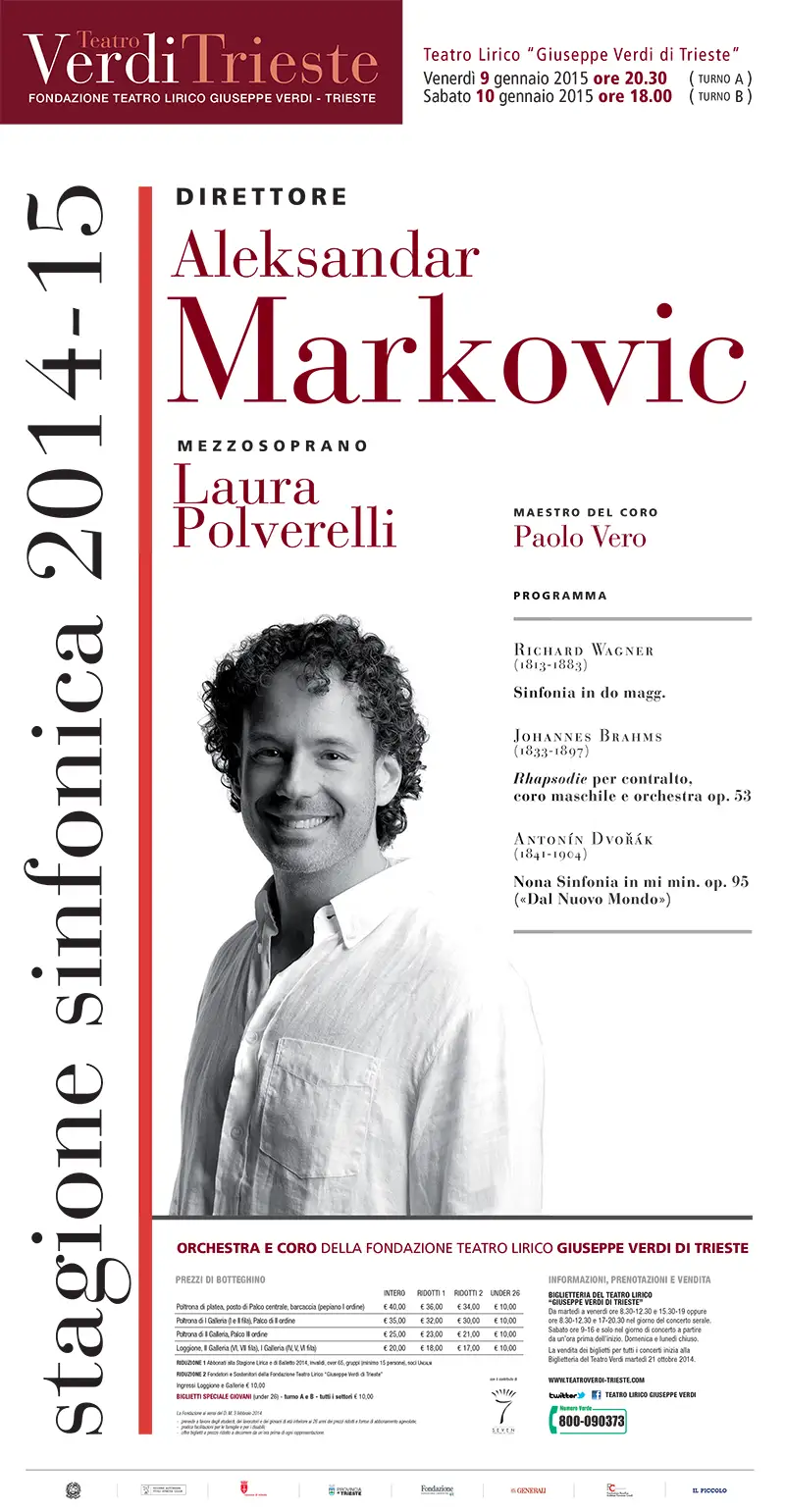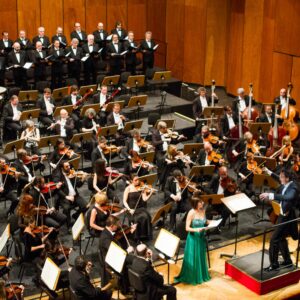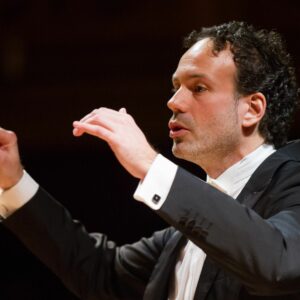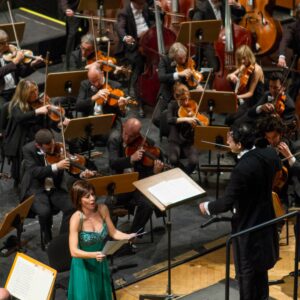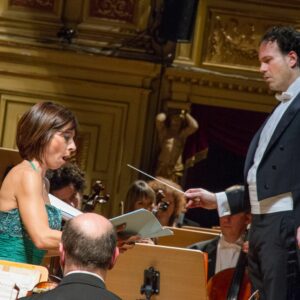Programme
Richard Wagner (1813-1883)
Symphony in do magg.
Johannes Brahms (1833-1897)
Rhapsodie for contralto, male choir and orchestra op. 53
Antonín Dvořák (1841-1904)
Ninth Symphony in E minor op. 95 (“From the New World”)
Symphony in C major by Richard Wagner
The first and only symphony written and completed by the composer. It was composed in the key of C major when the Maestro was just 19 years old, probably in the German city of Leipzig, between April and June 1832 and in Prague in November of the same year. It is therefore coeval with the first theatrical works: Die Feen and Das Liebesverbot . Even if still “immature”, the Symphony already reveals a well-defined personality. Wagner remained particularly attached to this symphonic production, as demonstrated by the fact that on 24 December 1882, a little less than two months before his death which would have seized him in Venice on 13 February 1883, he conducted this Youth Symphony in C major at the Fenice .
Written in just six weeks with the typical enthusiasm of a young man in search of glory and his own personal musical language, this Symphony reveals Wagner’s infatuation with Beethoven’s symphonic writing understood as a privileged model.
Rhapsodie for contralto, male choir and orchestra op. 53 by Johannes Brahms
Based on a text by Johann Wolfgang von Goethe (from Harzreise im Winter “Winter journey in the Harz”) is considered one of the peaks of Brahms’s symphonic-choral production, that is, of that small group of works in which the composer, denying his vocation towards “pure” music, devoid of literary references, gives rise to a cautious opening towards the private and expresses his own vision of the world that rarely leaks out from his instrumental compositions. The choice of poetic texts – all by illustrious authors – reflects an existential disillusionment which must be considered a constant theme of the composer’s maturity. The Rapsodie for contralto is no exception, conceived in 1869 following the marriage of Julia, one of the daughters of Robert and Clara Schumann, a marriage which for Brahms was the definitive disillusionment with a feeling that arose several years earlier. the content of the piece is not simply autobiographical, but existential. Brahms only chose three stanzas from Goethe’s text: five, (Aber, abseits wer ist’s?) six (Ach, wer heilet die Schmerzen) and seven (Ist auf deinem Psalter). The composer seems to suggest that the panacea for pain of the individual, lost in the forest of his egotism, can only come from the music. The piece expresses a poignant melancholy, severe and austere, antithetical to any theatrical model…. Soothe the pain: So erquike sein Herz… a request to which the composer adheres by signing an accompaniment with a calm tone that opens the soul to hope in the future.
Ninth Symphony in E minor op. 95 (“From the New World”) by Antonìn Dvořàk
One of the most popular and beloved works of the Bohemian composer by the public. It was performed under the direction of Anton Sedl on December 16, 1893 at Carnegie Hall in New York, in the presence of the author. The peculiar mixture between formal balance and Slavic melodiousness led to recognise in Dvořàk a musician with an unmistakable personality, neither conservative nor radical, capable of appearing to the Bohemian bourgeoisie as an incarnation of national identity due to references to Bohemian folklore, but also of being admired in front of the whole of Europe for the refinement of writing and the constructive solidity of his works. Dvořak illustrated the work’s title by explaining that it simply referred to “impressions and greetings from the new world”. And in a letter: ”I conceived the themes with my own hand, in which I used features peculiar to Indian music; basing myself on these themes, I intended to develop them taking into account the novelties of modern musical language as regards rhythm, harmonisation, the elaboration of counterpoint and orchestral colouring”. The invitation to America therefore had the meaning of a consecration; and the composition served as a model for at least thirty years for all symphonies composed in the United States.


